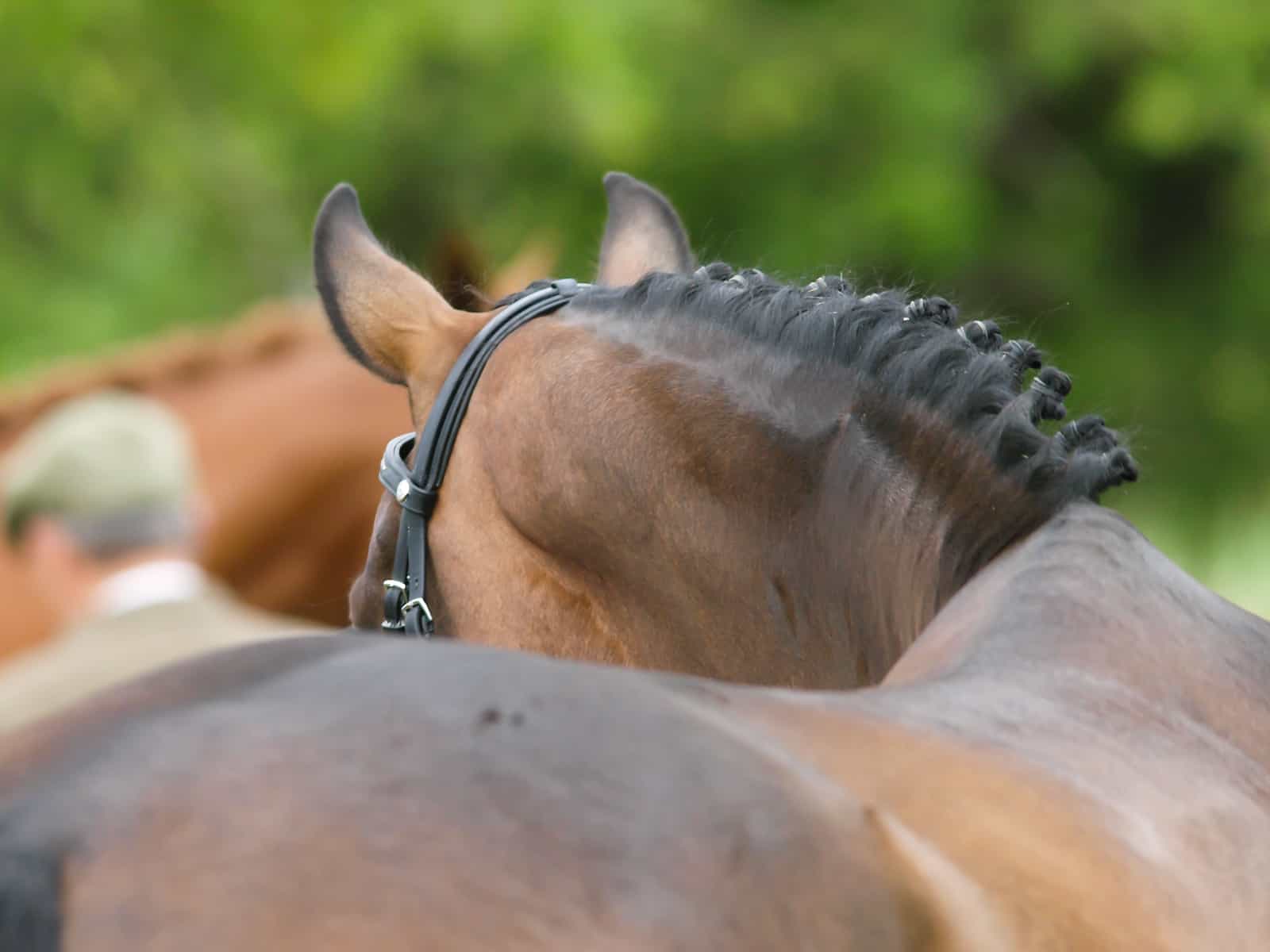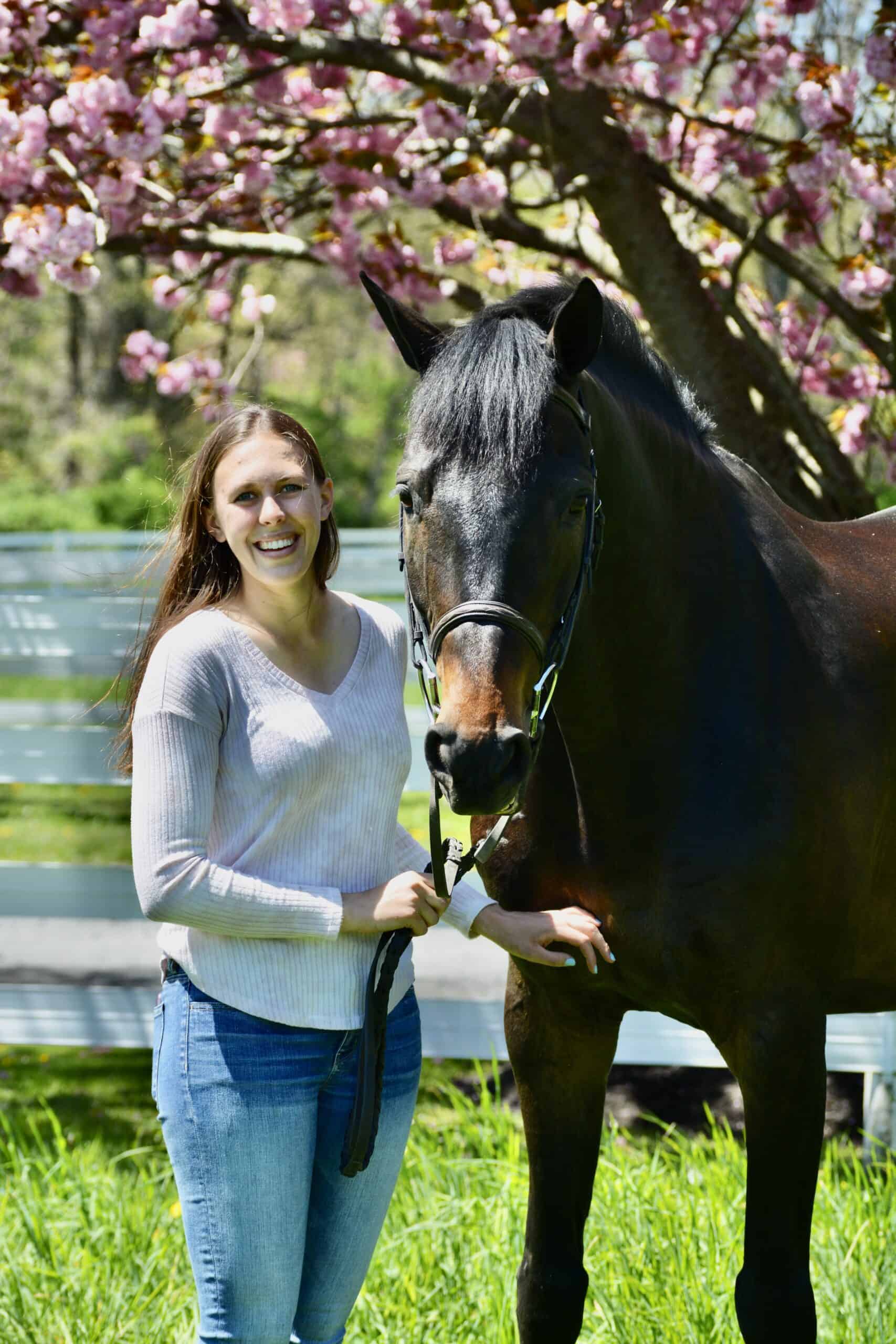Imaging of the Cervical Vertebral Column: Radiographs vs. CT

Cervical vertebral column pain and pathologies are common in horses, especially sport horses, and might present with abnormal head or neck posture, swelling and stiffness of the neck, ataxia, and forelimb lameness not attributable to the distal limb as determined by blocking. A common cause of these clinical signs is osteoarthritis in the caudal cervical region (vertebrae C5-T1)—the three neck vertebrae closest to the horse’s body and the first thoracic vertebrae.
Veterinarians often use radiographic imaging to examine the cervical vertebral column because it is readily available and relatively cost-effective, fast and simple to use, and can be performed while the horse is standing and awake or lightly sedated. However, superimposition—overlap of structures in the X ray path—can make the images difficult to interpret, said Kathryn Wulster Bills, BS, VMD, Dipl. AVCR, DACVR-EDI, assistant professor of Clinical Large Animal Diagnostic Imaging at the University of Pennsylvania School of Veterinary Medicine’s (Penn Vet) New Bolton Center, in Kennett Square, in her presentation at the inaugural American College of Veterinary Sports Medicine and Rehabilitation Symposium held in Charleston, South Carolina, April 27-29, 2023.
In lateral (side-view) radiographs overinterpretation is common because slight obliquity in acquisition angle—in other words, it’s taken at a slant—can cause a false appearance of articular process enlargement, an abnormality associated with osteoarthritis. Additionally, the images can be grainy from underexposure, associated with the use of portable X ray units. Ultimately, field equipment limits a veterinarian’s ability to acquire high-quality radiographs of the neck, said Bills.
Computed tomography (CT) is very useful for looking at bone, especially degree and distribution of osteoarthritis and subtle details such as bone loss, as seen with infection. She said CT is more helpful than radiographs because there is no superimposition of anatomic structures; however, the cost of CT is significantly higher than radiographs, some CT studies require the horse to be anesthetized, scanners are not widely available, and image interpretation requires additional expertise.
Two types of CT scanners—cone beam and fan beam—can be used but each have their limitations, said Bills. Cone beam CT is more useful than fan beam for bone pathology in the standing horse, as the entire cervical vertebral column can be included in the image but, because the detector and beam remain in one plane and capture a smaller body region, if the horse moves during imaging, the scan is unreadable without targeted motion correction.
“Fan beam has an overall better quality than cone beam but has limitations in visibility of C6, C7, and T1 vertebrae in the standing horse,” Bills said. When using fan beam CT for regions accessible while standing, the horse is able to move slightly without significantly decreasing image quality.
Computed tomography scans often reveal enlargement of bone or soft tissue lesions such as joint distension, cysts, or hematomas. Equine practitioners see osteoarthritis and degenerative joint changes of the cervical vertebral column in many horses older than 10 years old that are not always associated with clinical signs, said Bills. Therefore, it is important to consider all factors in cases of suspected cervical vertebral dysfunction to make an accurate diagnosis.

Written by:
Haylie Kerstetter
Related Articles
Stay on top of the most recent Horse Health news with















